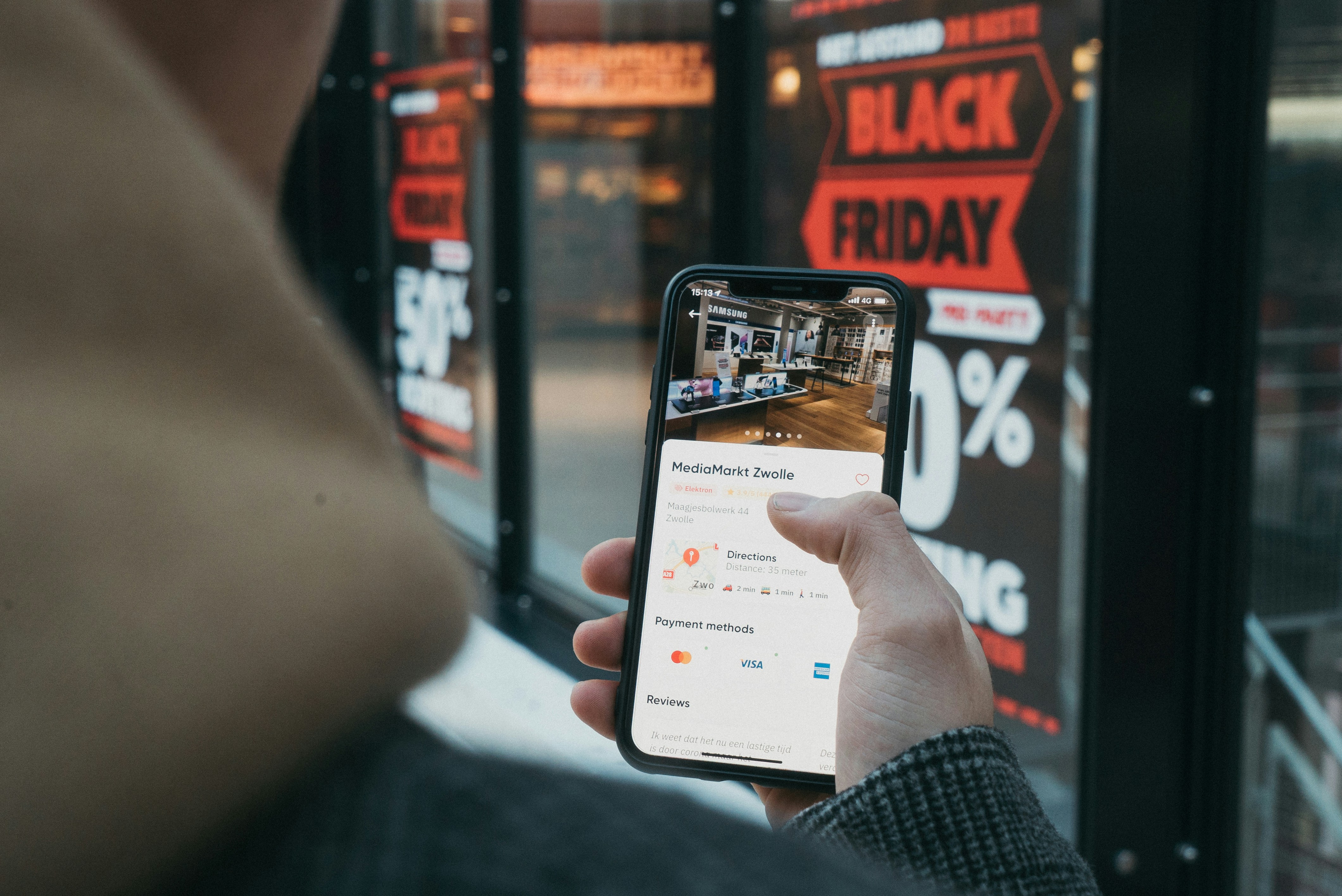
How eCommerce Brands Can Use HubSpot & Shopify to Automate Marketing and Drive More Sales
More Sales, Less Work: The Power of HubSpot + Shopify Automation
Scaling an eCommerce brand without drowning in manual marketing tasks can be nearly impossible without automation.
HubSpot and Shopify, when properly connected, create a marketing and sales automation powerhouse. Instead of chasing leads, following up manually, or guessing what’s working, you can track customer behavior, personalize outreach, and optimize for conversions automatically.
For CMOs, Growth Marketers, and Paid Media Leads, this means higher revenue, less busywork, and smarter decision-making. Here’s how to make it happen.

1. Convert More Visitors With Smart Lead Capture & Email Automation
Most Shopify stores lose potential customers because they either:
- Don’t capture visitor emails effectively
- Fail to send timely, personalized follow-ups
- Treat all customers the same instead of segmenting them
How to Fix It:
✅ Use HubSpot’s lead capture forms & pop-ups to collect emails before visitors leave.
✅ Set up abandoned cart emails in HubSpot (not Shopify as Hubspot has better segmentation options).
✅ Trigger email workflows based on customer actions (e.g., viewed a product but didn’t buy).
An UnFair Advantage: Instead of generic abandoned cart emails, send dynamic product recommendations based on browsing history—this can increase recovery rates by 30% or more.
2. Automate Personalized SMS & Email Campaigns That Drive Sales
If you’re still sending one-size-fits-all emails, you’re leaving revenue on the table. Personalization = higher conversions.
The Problem:
- Mass email blasts with low open & click rates
- No customer lifecycle automation (first-time vs. returning buyers)
- No A/B testing to optimize messaging
How to Fix It:
✅ Sync Shopify data with HubSpot to segment customers by purchase behavior.
✅ Send personalized emails & SMS based on product interests, past purchases, and cart value.
✅ Use A/B testing to optimize subject lines, content, and CTA placement.
An UnFair Advantage: Shopify data + HubSpot’s smart send-time optimization ensures emails & texts land at the right time, boosting open rates by up to 25%.
3. Use HubSpot Workflows to Automate Customer Follow-Ups
A customer buys a new car—what’s next? Do they get generic promo emails, or a tailored campaign offering installation tips, accessories, and a discount on tires?
Workflows let you automate smart, contextual follow-ups that increase retention and repeat sales.
How Optimize Your Workflows:
✅ Post-purchase automation—send guides, product recommendations, and exclusive offers.
✅ VIP/Loyalty workflows—reward repeat customers with early access to sales & exclusive discounts.
✅ Automate review requests—customer feedback builds trust and boosts Shopify SEO.
An UnFair Advantage: Brands that nurture customers post-purchase see higher lifetime value (LTV) and repeat sales—set it and let HubSpot do the work.
4. Optimize eCommerce SEO With HubSpot & Shopify Together
Shopify’s built-in SEO is good, but not enough—and most brands don’t fully leverage HubSpot’s SEO tools to boost organic traffic.
The Problem:
- Duplicate product pages creating SEO cannibalization
- Poor blog structure for eCommerce content marketing
- No automated internal linking between blog content & product pages
How to Fix It:
✅ Use HubSpot’s topic clusters to organize content & improve authority.
✅ Automate internal linking—HubSpot can suggest links from blog posts to Shopify product pages.
✅ Track SEO performance inside HubSpot and adjust content strategy accordingly.
An UnFair Advantage: Brands that connect HubSpot’s SEO strategy with Shopify’s structured data & product feeds see higher rankings and more organic sales.
5. Maximize Paid Media ROI With Smarter Retargeting & Attribution
If your paid ads aren’t converting, it’s likely due to low data quality, weak segmentation, or poor retargeting.
The Problem:
- No centralized data between ad platforms & email automation
- One-size-fits-all retargeting ads instead of dynamic product-based ads
- Inaccurate ROI tracking across multiple channels
How to Fix It:
✅ Use HubSpot’s attribution reports to track the exact path to conversion.
✅ Sync Shopify product data with Meta & Google for dynamic retargeting ads.
✅ Segment high-intent shoppers in HubSpot and serve them higher-funnel ads vs. bottom-funnel CTAs.
An UnFair Advantage: HubSpot’s multi-touch attribution tells you which paid channels actually drive conversions, so you can scale the winners and cut wasted spend.
HubSpot + Shopify = Smarter eCommerce Growth
The brands winning in eCommerce today aren’t the ones working harder—they’re the ones automating smarter.
- More revenue: Automated, personalized follow-ups = higher LTV
- Better data: HubSpot + Shopify analytics = clearer insights
- Less manual work: Automate emails, retargeting, SEO, and attribution
Want to automate smarter, sell more, and stop wasting time? UnFair Advantage helps eCommerce brands integrate HubSpot & Shopify the right way. Let’s scale your revenue. Connect with our team to learn how we can help.
Hubspot + Shopify Integration FAQs
How does HubSpot improve eCommerce email marketing?
It syncs Shopify data for smarter customer segmentation. You can automate abandoned cart emails, post-purchase flows, and VIP rewards. In Hubspot you can conduct A/B testing & send-time optimization improve email performance.
Can HubSpot help with Shopify SEO?
Yes! HubSpot’s content strategy tools improve blog & product page rankings. Internal linking automation connects high-ranking content to product pages. SEO reporting helps track & refine content marketing efforts.
What’s the best way to automate Shopify customer follow-ups?
- Use HubSpot workflows to send tailored emails & SMS post-purchase.
- Set up review request automations to boost social proof & SEO.
- Offer loyalty perks & exclusive discounts based on customer behavior.
How does HubSpot help track paid media performance?
Multi-touch attribution reveals which channels & campaigns drive real sales. Syncing Shopify product feeds with ads enables better retargeting & dynamic ads. Automated email/SMS retargeting helps recover lost conversions.
Is it worth integrating HubSpot & Shopify for small eCommerce brands?
If you want better customer insights, marketing automation, and sales tracking, yes. Even small brands benefit from integrating Hubspot & Shopify by utilizing personalized, automated campaigns. Scaling becomes way easier when your data & automation work together.

